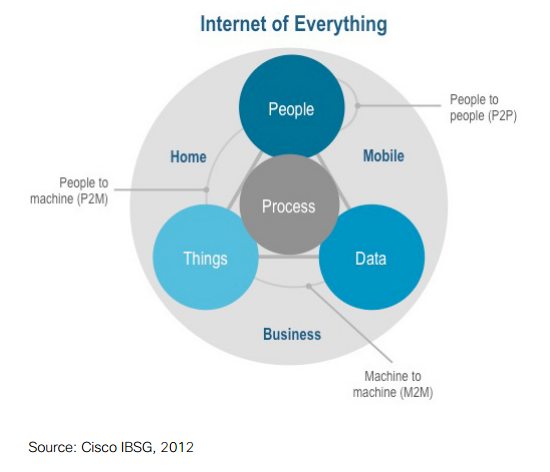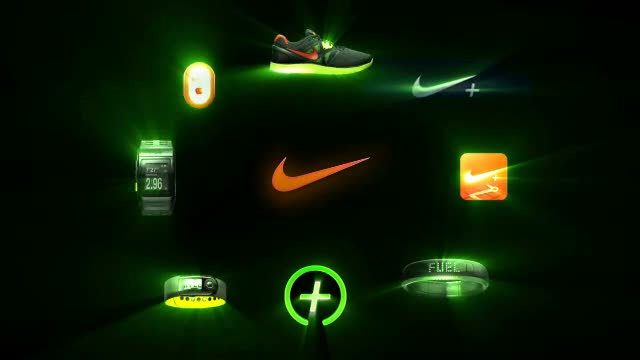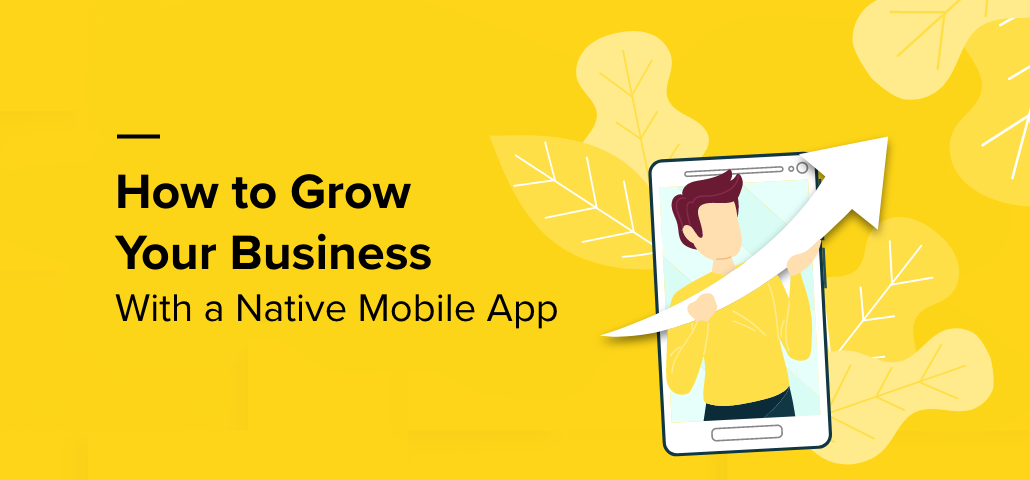IoT market valued at $1.9t dollars in 2020
The Internet of Things brings together people, process, data, and things, in order to create richer experiences and unprecedented economic opportunity for businesses, individuals, and countries. According to new research from Gartner, the number of connected devices is growing from 2.5 billion in 2009 to 30 billion by 2020, and the range of devices will know a far greater variety than just smartphones and tablets.
The Internet of Things will create tons of new objects and sensors, all generating real-time data that will re-invent industries. You can see these transformations already in place by just looking at Nike getting involved in the healthcare industry with its connected sporting clothes and gear, and Google having a visible presence in autonomous vehicles.
Established businesses are also facing competition from unexpected places, just look at how AirBnB is challenging large hotel chains such as Starwood, Hilton, and Hyatt.
In healthcare, smart slippers and other wearable devices for elderly people contain sensors that detect falls and various medical conditions. If any problem occurs, the device will alert a doctor via e-mail or text message, possibly preventing a fall and a costly trip to the emergency room. In the future, people will be able to swallow a pill that senses and reports the health of their digestive tract to a doctor over a secure Internet connection.
In addition, sensors placed on the skin or sewn into clothing will provide information about a person’s vital signs. The idea behind the sensors that can be woven into clothing is that they are not required to be attached to a patient’s body, yet can still monitor a variety of vital signs, such as blood oxygen levels, and transmit that data in real-time wirelessly. Do you think this a SF movie? Think again, or checkout the KL02 chip, made by Freescale, which is shorter than an ant and has memory, RAM, a processor, and more.
The manufacturing sector will benefit from a more efficient way to track materials, leading to cost efficiency. Another example includes installing sensors in cars that provide a pay as you drive insurance that links the insurance premium to the individual’s risk profile.
The internet of things can also help revitalize the world’s largest cities. In New York, City24/7 in collaboration with Cisco IBSG has launched an interactive platform that delivers the information people need to know, where and when it helps them most.
Located at bus stops, train stations, major entryways, shopping malls, and sports facilities, City24/7 Smart Screens incorporate touch, voice, and audio technology to deliver a wide array of hyper-local (about two square city blocks) information, services, and offerings in real time. The Smart Screens can also be accessed via Wi-Fi on nearby smartphones, tablets, and laptop computers.
The internet of things could also contribute to conquering climate change and hunger. Billions and even trillions of sensors that are placed around the globe and in our atmosphere, will helps us identify where are the hot spots, or whether our planet is healthy or sick.
Sensors could also help farmers plant crops that have the greatest chance for success. And, once the fields are harvested, more efficient (and, therefore, less-expensive) transportation systems will allow for the distribution and delivery of food to places where there’s the biggest demand.
“While in 2015 the combined IT and telecom market will hit nearly $4 trillion, the incremental revenue generated by the Internet of Things’ suppliers is estimated to reach $309 billion per year by 2020. Half of this activity will be new start-ups and 80 percent will be in services rather than in products. The Internet of Things is a strategically important market. It will accelerate fast and will drive both revenue and cost efficiencies.” said Peter Sondergaard, senior vice president at Gartner and global head of Research.








